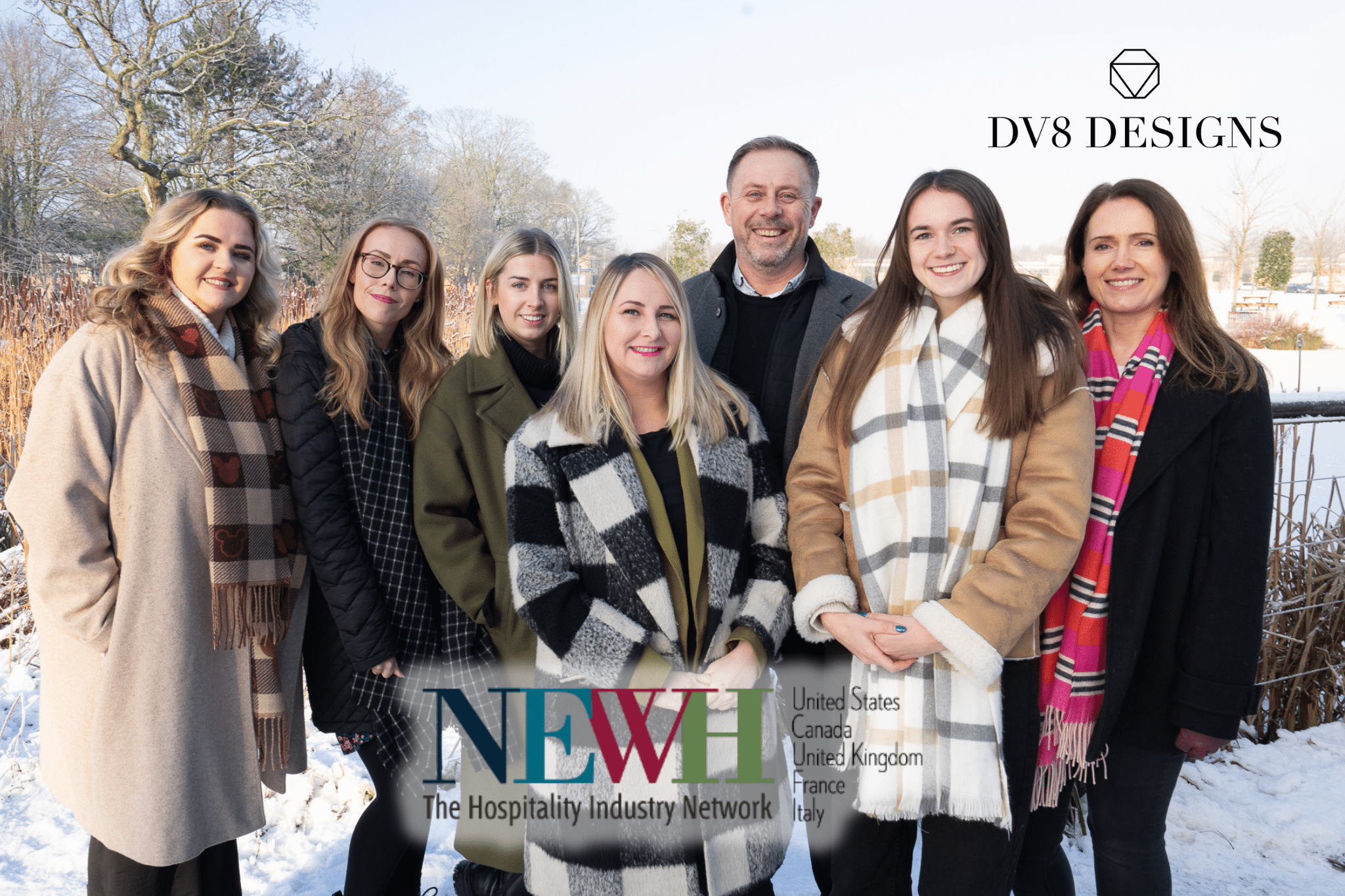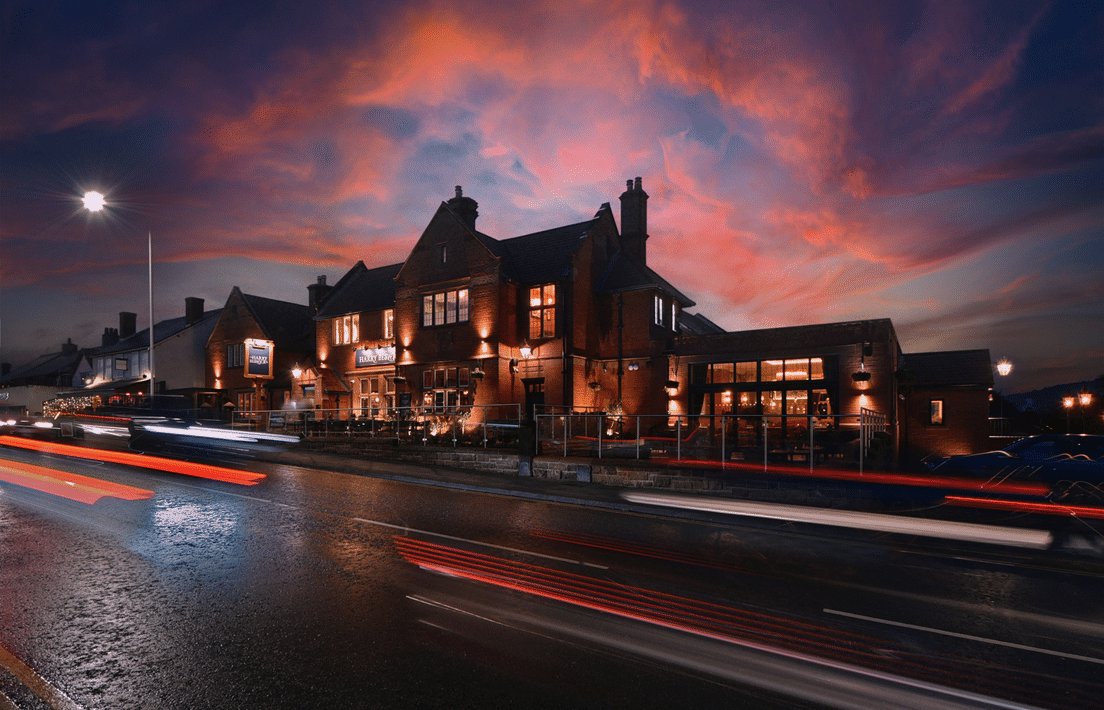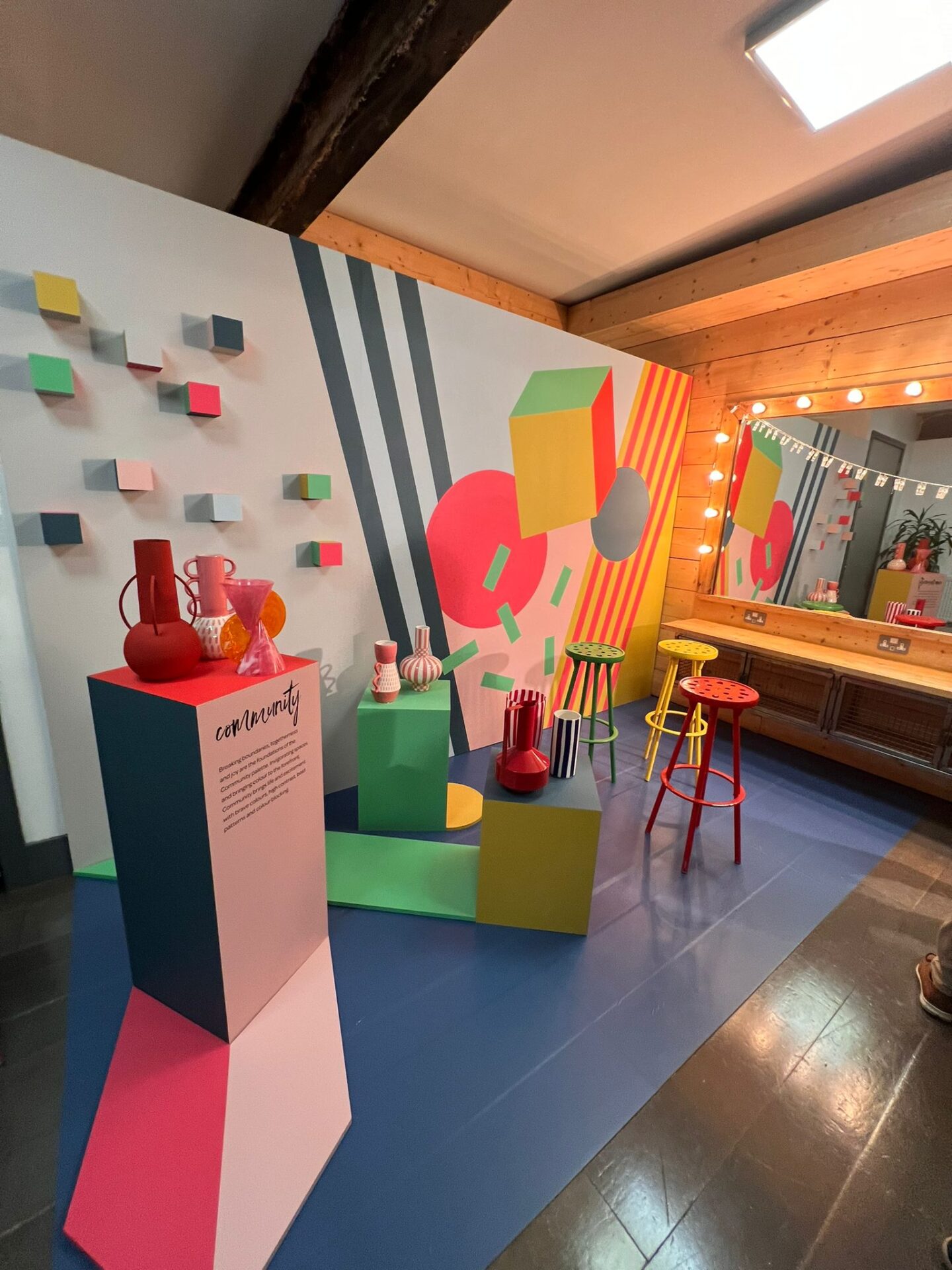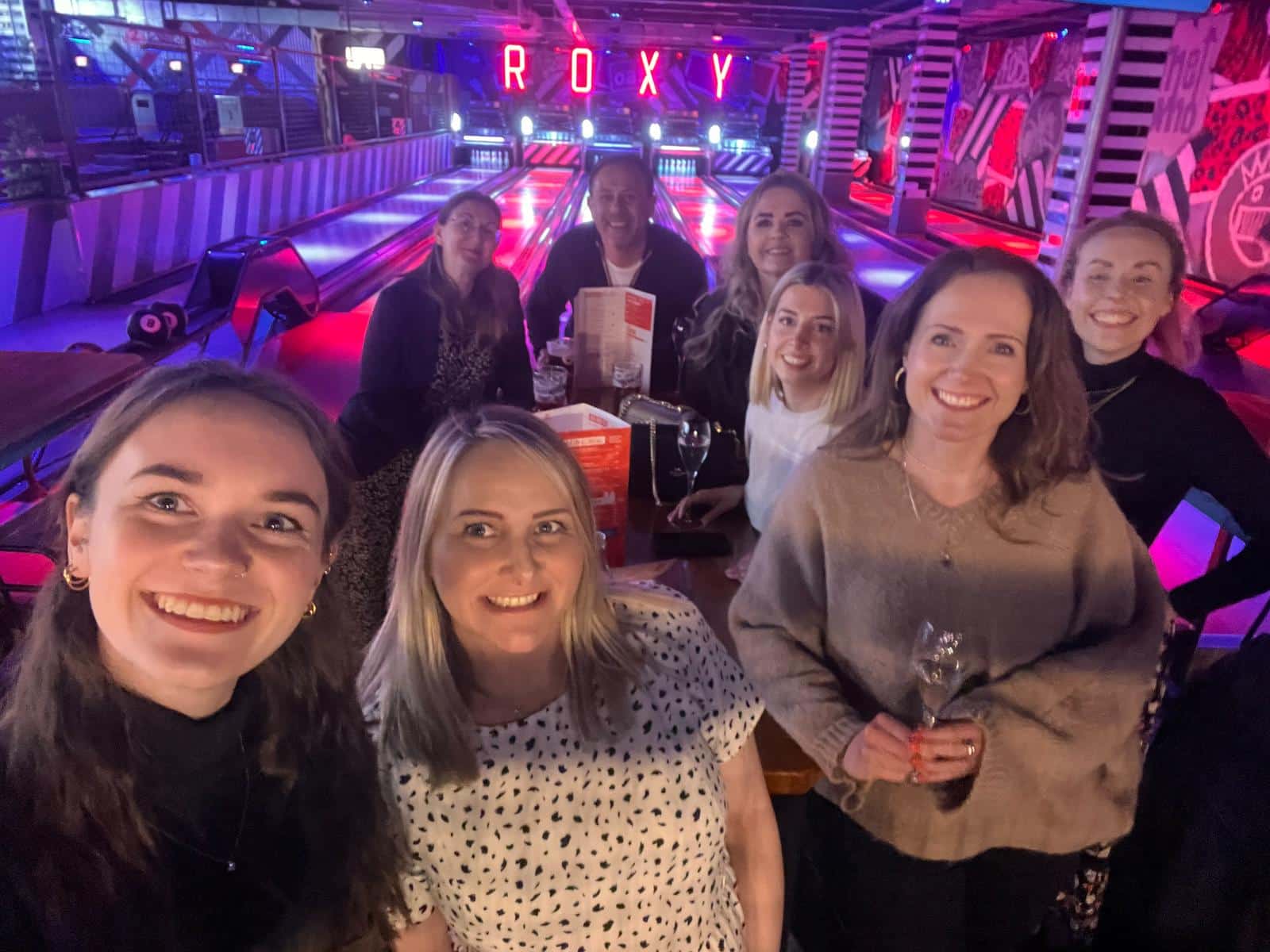Meanwhile Use is no longer an afterthought, it’s fast becoming a strategic tool in how we shape places. In recent years, I’ve seen a powerful shift: more businesses and brands are thinking smarter about how they use location. The kinds of places that once sat overlooked, vacant high street units, stalled development sites, disused historic buildings are no longer seen as problems, but as possibilities.
Cue the rise of Meanwhile Use: the temporary activation of underused or vacant spaces while long-term plans are still in development or underway. Here in the UK alone, there are 4891 historic sites* vacant and at risk, with approximately 13.7% of unused high street shops*. This vast amount of underutilised space is a real chance to rethink how we use and value our built environment.
Let’s be honest, few developments move quickly. There’s always the risk of delays in planning, rising costs and so on, and what we are seeing is now a strategic way of adapting to this. Instead of waiting for these things to just ‘fall into place’, which can take time, they are using the somewhat in between to test ideas, build relevance and invite communities in, and in doing so, turning uncertainty into opportunity and bringing these dormant spaces to life.
Money in the meantime
In today’s climate of rising costs and financial pressures, waiting for a new business to open can be an expensive gamble. Vacant sites simply can’t afford to sit idle for months while owners and developers shoulder the losses. That’s where meanwhile use changes the game. It guarantees some income during the interim, not the full return you’d expect once the property is up and running, but a smart and practical way to keep things moving.
Think pop-up markets, food and drink vendors, workshops, event spaces, even temporary tenants. These short-term activations not only support the local economy, but can also demonstrate the site’s long-term viability. I’ve seen many examples where what started as a temporary use has grown into a permanent fixture. It’s a no-brainer: make the space work now, earn now, and don’t let potential go to waste.
Place in the making
For me, and I’m sure many architects would agree, ‘Meanwhile Use’ isn’t just about making a space look better. It’s about beginning a place’s story before the major changes take shape. Temporary activation becomes the first chapter in placemaking, helping a site develop its character and identity from the outset.
I’ve seen how this approach turns spaces into places people actually want to gather—building a sense of belonging, sparking energy, and creating an authenticity you just can’t design from the top down. Meanwhile use also plays a powerful role in brand-building. For places still in development, it helps shape public perception and local identity, showing what the site stands for, who it’s for, and what kind of experience it will offer. It’s a way of saying, ‘We’re here, we’re open, and we care about this place,’ long before the permanent structures go up.
Done well, meanwhile use creates emotional connections with local audiences and positions a development as relevant and rooted. It’s an early but essential part of making people care.
Connecting through meanwhile use
At its best, meanwhile use does more than fill empty space, it strengthens the social and economic fabric of a place. Temporary activations bring people together, reconnect neighbourhoods, and breathe new life into overlooked areas. They often spark lasting partnerships between councils, creatives, developers, and local businesses. Meanwhile use becomes a bridge between past and future and between people and place.
A Strategic Phase, Not a Placeholder
Meanwhile use isn’t just about filling time, it’s about building momentum before the full plan comes to life. I’ve seen the impact firsthand with clients we’ve worked with, helping transform dormant plots into meaningful, well-used spaces.
Take Salt & Tar in Merseyside: while long-term plans continue quietly in the background, they’ve already established a strong presence in Bootle, blending into the local community and economy. At The Mill in Ecclesfield, Wigan, we helped turn a historic former mill into a lively food and live music venue which is now home to traders, neighbours, memorable experiences!
These projects are proof that you don’t need to wait for the ‘finished article’ to make an impact. Early activations shape identity, build trust, test viability, and prove a place has value not just someday, but now.
I think it’s time we stopped referring to meanwhile use as something temporary. It’s not a filler, and it’s certainly not a placeholder. It’s a strategic phase in its own right and one that plays a critical role in shaping the future of a place.
From placemaking and revenue generation to brand awareness and community partnerships, what happens before the main development begins can be just as influential as the final outcome. The most forward-thinking developers aren’t waiting for planning permissions or funding to land they’re activating now, knowing that momentum can’t be built overnight and because in the meantime, we can make something happen…
Sources:
Savills | Spotlight: Shopping Centre and High Street – Q1 2025



